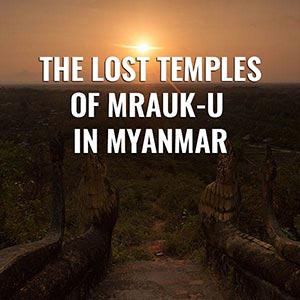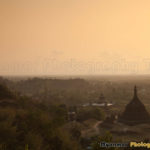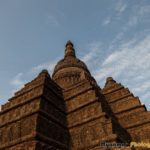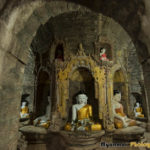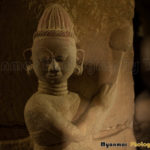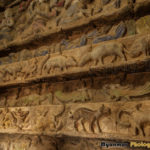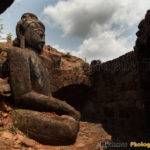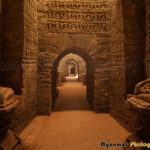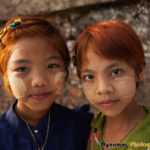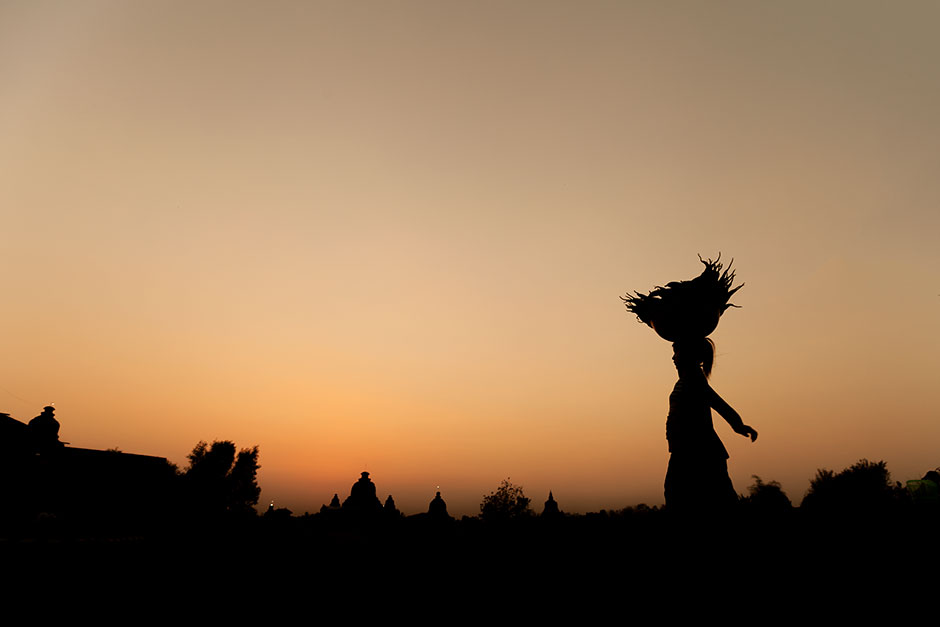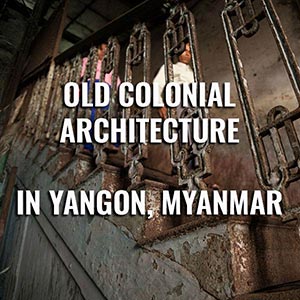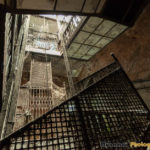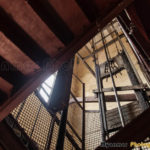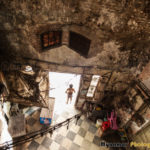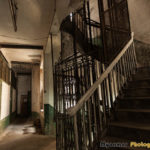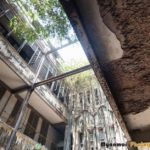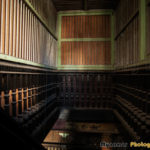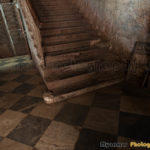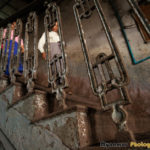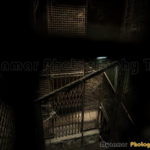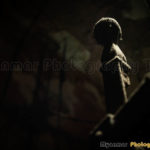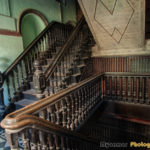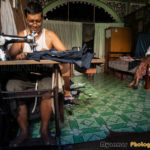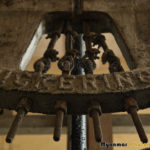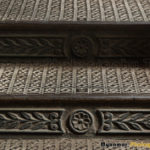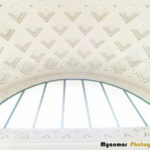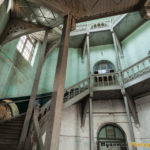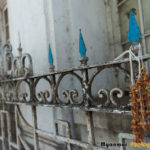Mrauk-U is a relatively unknown and probably the most underrated archeological site in South-East Asia. It is located in the western state of Rakhine in Myanmar (Burma). Rakhine state is a narrow strip of land bordered on the Bay of Bengal on the west and by Bangladesh on the north.
Mrauk-U has an interesting landscape as it sits on a valley with numerous mounds and interconnected creeks, moats, canals and artificial lakes.
Founded in 1430 A.D, Mrauk-U became after Launggret the center of the powerful Arakan Empire for more than 300 years until 1785 and an important cultural and commercial hub.
Mrauk-U, named the “Golden City” by early Europeans (Spanish, Portuguese, Dutch) traders and missionaries who the center of trade for elephants, rice. It is also known as the fortress city due to its 30 kilometers of fortifications built around it.It is also called Little Bagan because it has pagoda and temples.
Mrauk-U archaeological site is centered on the old palace and divided in four main groups: western, eastern, southern and northern, the latter being the most important. You can buy a 5000 Kyats pass (less than USD 4) for the temples at Mrauk U, sold at the Shittaung Pagoda.
The temples of Mrauk-U are not as impressive as the ones in Bagan, but their beauty are hidden: you can stroll for hours inside them looking at colored carvings . You can have also many temples by yourself and with some tenacity found new ones which are not on the map. As locals are living within the ruins, you will have many opportunities to interact with them and take beautiful portraits.
The most popular temples in Mrauk-U are Kothaung temple (also called the little Borodudur), Andaw temple
In his last visit to Mrauk-U in december 2016, Kofi Annan (who sits on the advisory commission on Rakhine state) strongly advocated for Mrauk-U’ UNESCO World Heritage Status.
There is no direct flight from Yangon at the moment and the construction of the new airport is being halted due the lack of funding. The only way to get to Mrauk-U is by a 4 to 5 hours scenic ferry ride on the Kalandan river from the city of Sittwe, by bus or private car. With only 4,000 visitors in the temples of Mrauk-U in 2016, you are sure to have most of the temples for yourself.
If you enjoyed exploring the other archeological sites in South-East Asia (Angkor, Bagan, Borodudur,Sukhothai, Ayutthaya) it is time to go to Mrauk-U before it gets its fame back. Temples are best explored by bicycle or by foot especially the ones in the Northern group, but to move between all the groups it is recommended to have a private transport.
